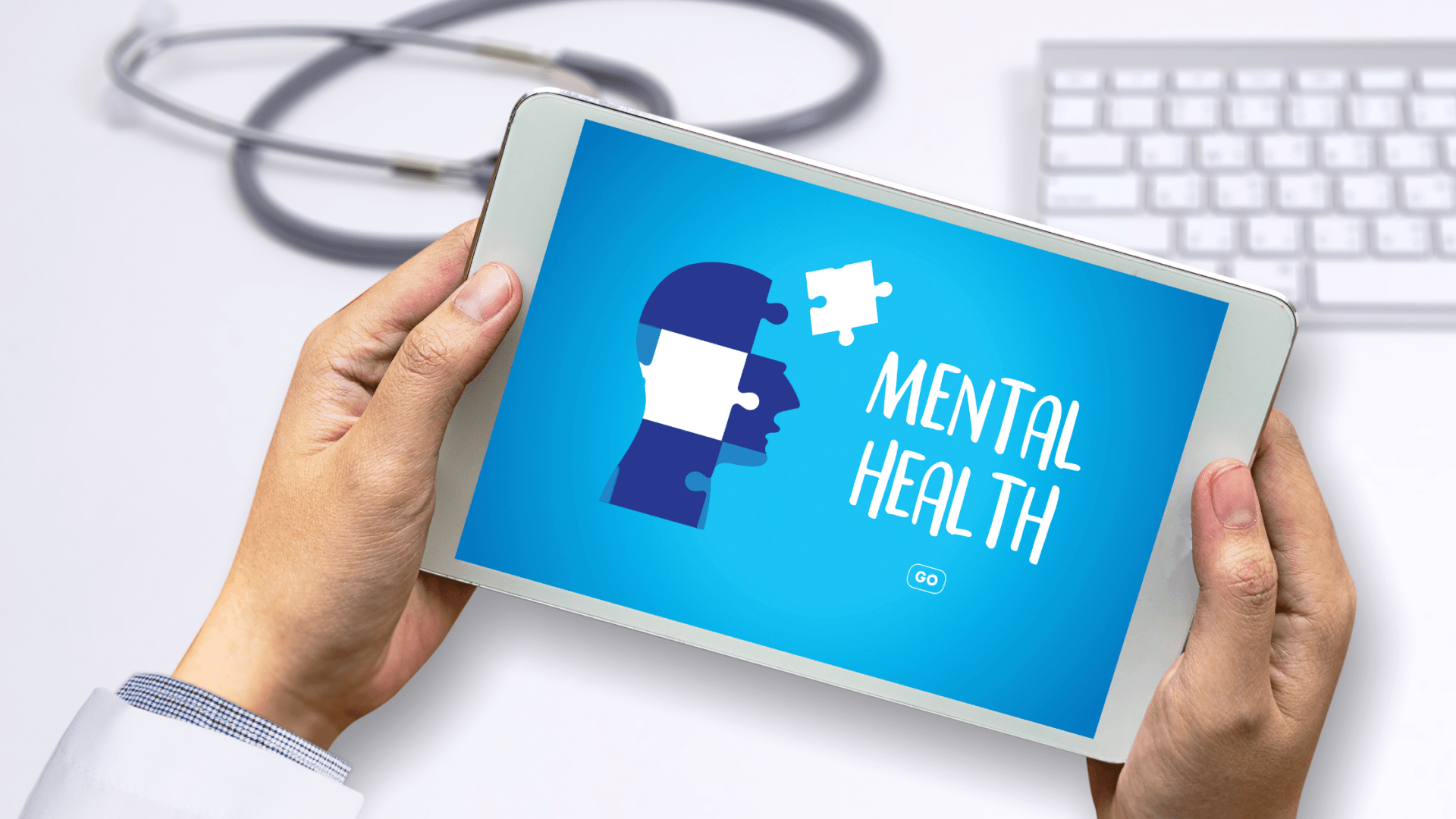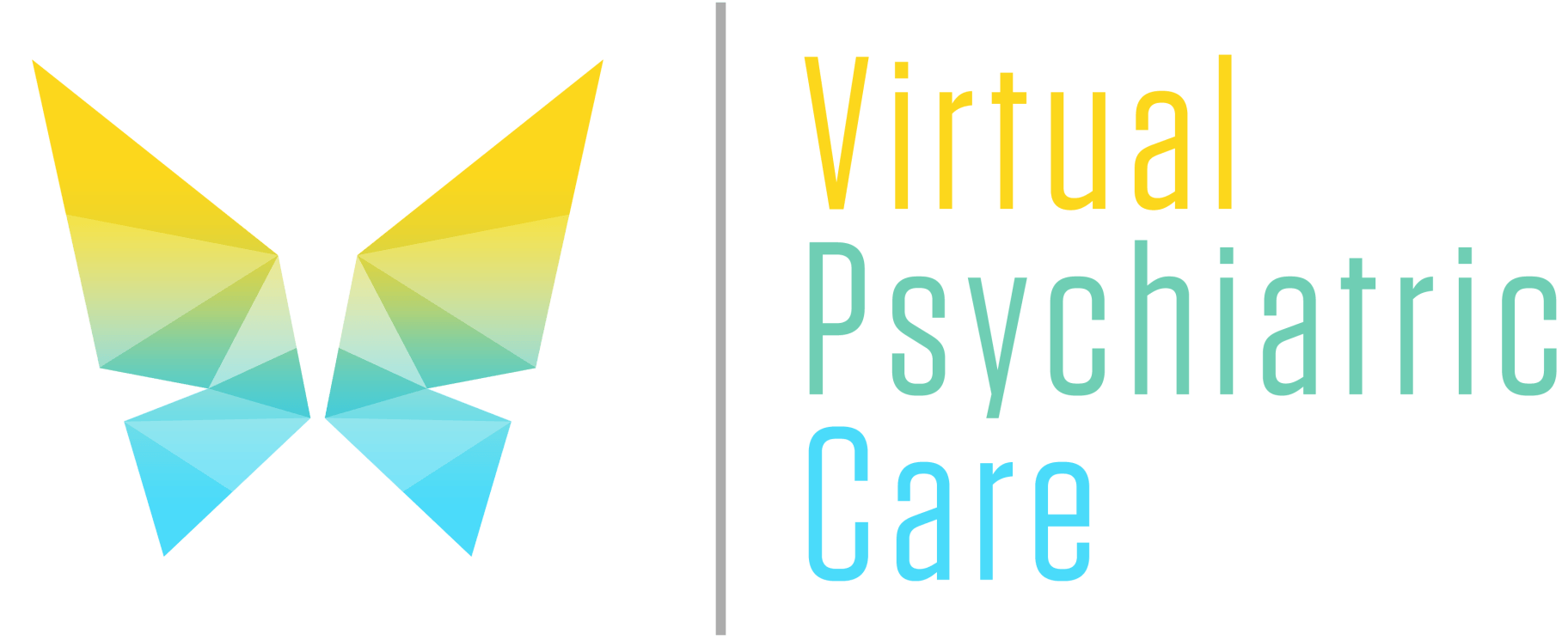3-Ways Employers Can Offer Mental Health Assistance During Uncertain Times

It’s been a rough past few weeks. With the mass shootings in Uvalde and Buffalo, employers are searching for ways to improve their employees' mental health. These are stressful times due to uncertainty and rising costs.
The cost of living is rising, adding to the economic uncertainties at the conclusion of a turbulent two years. According to experts, the effect might be increased mental strain, tension, and worry. The impact on individuals depends on their financial situation. Nevertheless, unemployment and inflation are hugely damaging to individuals’ mental health.
Young individuals may be particularly affected by this sense of foreboding about the future. Despite the fact that older individuals are at a far higher risk of mortality with COVID-19, studies show that younger people suffered the most psychologically throughout the pandemic.
The situation in youth mental health has only worsened. Due to pandemic measures, university students have missed out on opportunities for sociability and professional networking.
Three out of ten employees are emotionally affected by recent mass shootings. Additionally, more working adults are seeking out their organization’s employee assistance program, partially due to the events. If you show that you care about your employees, the benefits are astronomical. They’ll be more willing to go the distance for you.
There are methods that employers can use to combat the mental health crisis.
- Including group sessions
- Offering Workshops
- Contracting Telehealth Counseling Companies
- Final Thoughts
Let’s begin!
Group Therapy
Group sessions are an excellent tool for helping your employees combat their mental health concerns. One of the essential advantages is discovering that you are not alone in your pain. When struggling with a mental health condition, it is common to have powerful emotions of isolation and alienation, which makes getting help challenging. In turn, having group therapy sessions has other benefits such as accountability, confidence-boosting, and self-discovery.
We all have blind spots regarding ourselves, some of which may prevent us from properly addressing the issues at the foundation of our difficulties.
Offering Workshops
Workshops are another way you can effectively help your employees. It’s a mood booster too. According to research, most people learn more efficiently when they share their experiences with others. Attending in-person live seminars provides for quality interactions, collaboration on solutions to real-world problems, and practice with new methodologies.
A workshop may present a new topic, stimulate participants to investigate it further on their own, or show and promote actual process practice. It is an excellent approach for teaching hands-on skills since it allows people to experiment with new ways and fail in a safe atmosphere.
Contracting Telehealth Counseling Companies
You can contact a professional. Companies offer telehealth services that are beneficial and accessible to employers. For instance, if your company is mostly remote, hiring a telehealth company may be suitable for your employees.
Mental illness is known to be a leading cause of disability in the world. Employees suffering from mental health issues cost their employers $44 billion per year in lost productivity.
When compared to typical "in-office" sessions, telepsychiatry visits result in fewer sick days. Employees can avoid costly hospitalizations if they have faster access to vital care. Employees benefit from rapid identification, treatment, and ongoing management of mental health concerns by online providers, which results in a happy workforce.
Final Thoughts
Whether you are an employer or an employee, these times are affecting your performance and overall health. Mental health continues to be a major concern today. Employers are struggling to find ways to help their employees cope with the increasing problems that are arising in the world. Despite the things we cannot control, employers and employees can take action by offering tools that improve coping strategies.











